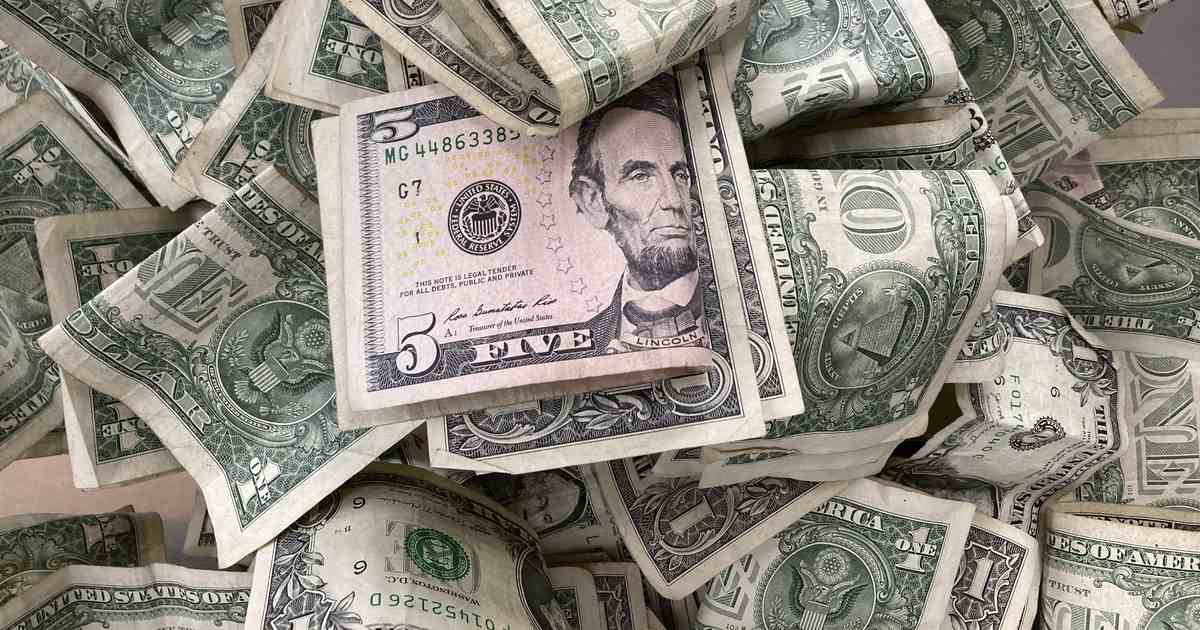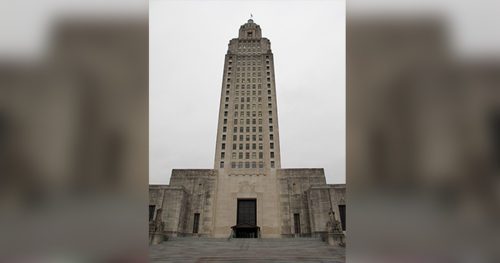
US Government Credit Is Sinking, But Spending Is Still Running Wild
America’s credit rating is dropping, and there’s every reason to believe it hasn’t hit bottom yet.
There is an apocryphal story about Ronald Reagan, in which a staffer said something about Congress “spending like drunken sailors.” President Reagan corrected the speaker, pointing out that drunken sailors are spending their own money.
In 1929, the first year for which numbers are available, annual federal spending was about 3 percent of Gross Domestic Product (GDP). In 1989, when Reagan left office, federal spending was about 20 percent of GDP, almost exactly where it had been in 1980 when he was elected President. Today, federal spending is about 25 percent of GDP, down from over 31 percent during the COVID mess. The source for this data is here.
Gross federal debt presents an even more horrifying picture, with federal debt as a percentage of GDP in 1939 at 52 percent (bear in mind this was towards the end of the Great Depression), at 50 percent in 1989, and today this figure is at 121 percent. Find the source for this data here.
Now, the U.S. government’s credit rating has been downgraded, and that will have adverse effects across the economy.
“US mortgage rates jumped above 7% in a week that government bond yields spiked following a surprise decision by Fitch Ratings to lower the nation’s credit rating,” Bloomberg’s Augusta Saraiva reports. “Mortgage rates are benchmarked to 10-year Treasury yields, and those hit the highest level of the year last week after Fitch stripped US government debt of its prized AAA rating.”
That makes sense. Fitch lowered the credit rating (as it warned it might) because the U.S. government is perceived as an increasingly risky borrower, and riskier borrowers have to pay more to lenders.
“The rating downgrade of the United States reflects the expected fiscal deterioration over the next three years, a high and growing general government debt burden, and the erosion of governance relative to ‘AA’ and ‘AAA’ rated peers over the last two decades that has manifested in repeated debt limit standoffs and last-minute resolutions,” Fitch noted . Among other concerns, it pointed to the current debt-to-GDP ratio of 112.9 percent and growing budget deficits.
This is the second time the U.S. has been dinged; Standard & Poor’s downgraded U.S. credit in 2011.
Note the reasons given for the downgrade: “A high and growing general government debt burden” and “current debt-to-GDP ratio.” These things have one cause: Runaway spending.
When a person or organization is in a hole, the first rule is to stop digging. But the federal government just keeps digging, and keeps piling up that debt. The problem is spending, which is out of control; that 25 percent of GDP amounts to right around $6,500,000,000 in Q2 of 2023. That’s 6.5 trillion. With a T. Have a look at a graph of Federal spending from 1947 to date:
Federal expenditures, 1947 – present. Source, FRED Economic Data/St. Louis Fed.
To say this is unacceptable is to describe the 2020 riots as a “mild social deviation.”
The Biden Administration continues to push for more spending and more spending and more spending as the source for all of our economic ills. Republicans talk about spending reductions, but somehow those reductions never materialize. Meanwhile, candidates for President offer platitudes.
In Ernest Hemingway’s book The Sun Also Rises, he described a conversation about one of the characters going bankrupt:
“How did you go bankrupt?” Bill asked.
“Two ways,” Mike said. “Gradually and then suddenly.”
Look at the numbers, and it becomes apparent that we are moving towards the “suddenly” part of the process.
In 1980, we could have grown our way out of this problem. In 2000, it would have been harder but we could have done it. But now? If we are to avoid further credit downgrades and quite probably actual default, then spending cuts have to mean actual cuts. Eliminating entire agencies, especially the myriads of them not authorized in the Constitution, would be a good start.
One of my recurring fantasies about being President (not one of the ones that results in my waking up screaming) is submitting to Congress a budget that involves reducing the federal government to pre-Civil War levels, and happily vetoing any budget that spends a penny more than I proposed. But I’m not President and I’m not likely to be, mostly because I don’t want the job. In fact, I’d sooner shovel manure than enter politics; the smell is better and at least shoveling manure is honest work.
Politicians of both parties pay lip service to fiscal sanity but do little about it. The Republicans preach spending restraint but are content with tiny decreases in the rate of growth; the Democrats ignore the Laffer curve and shout for tax increases. None of this addresses the spending and debt issues. The United States’ credit ratings will continue to drop, the shockwaves throughout the economy will continue to grow worse, and sooner or later, somehow, Stein’s Law will assert itself, quite possibly in a manner that will make the Great Depression look like the wildest times of decadent indulgence.
We have mortgaged our grandchildren’s futures, and history will rightly damn us for it.
Trending on RedState Videos

